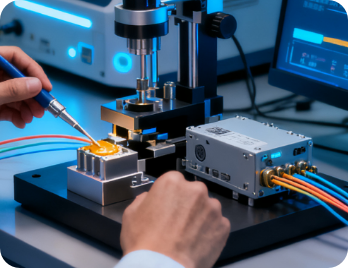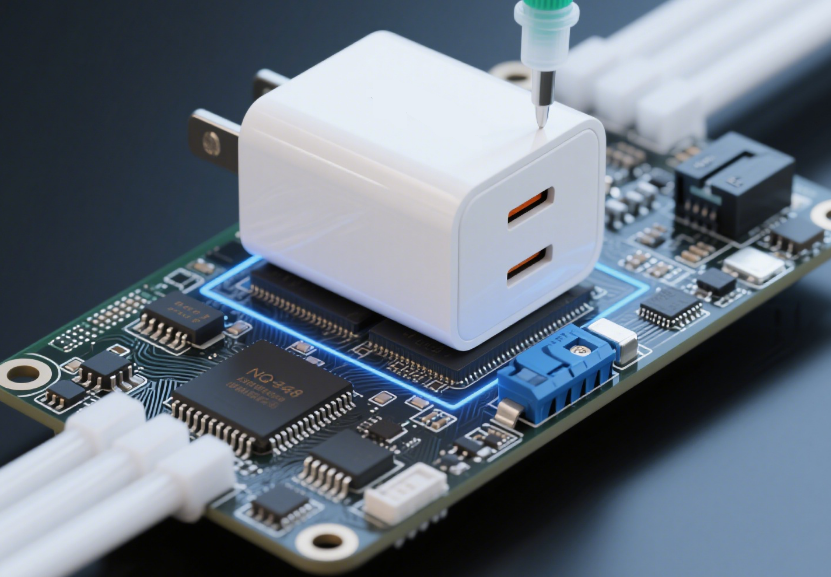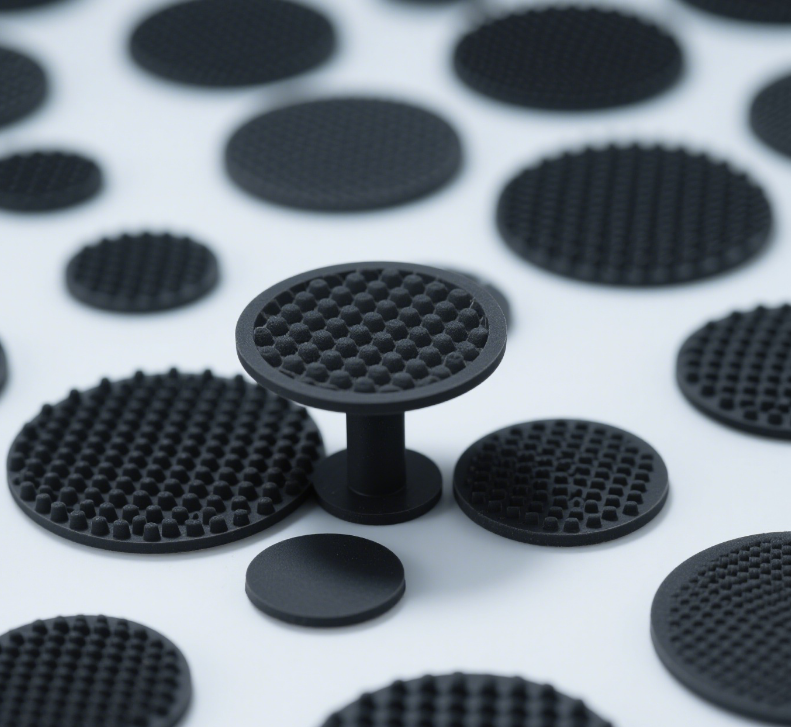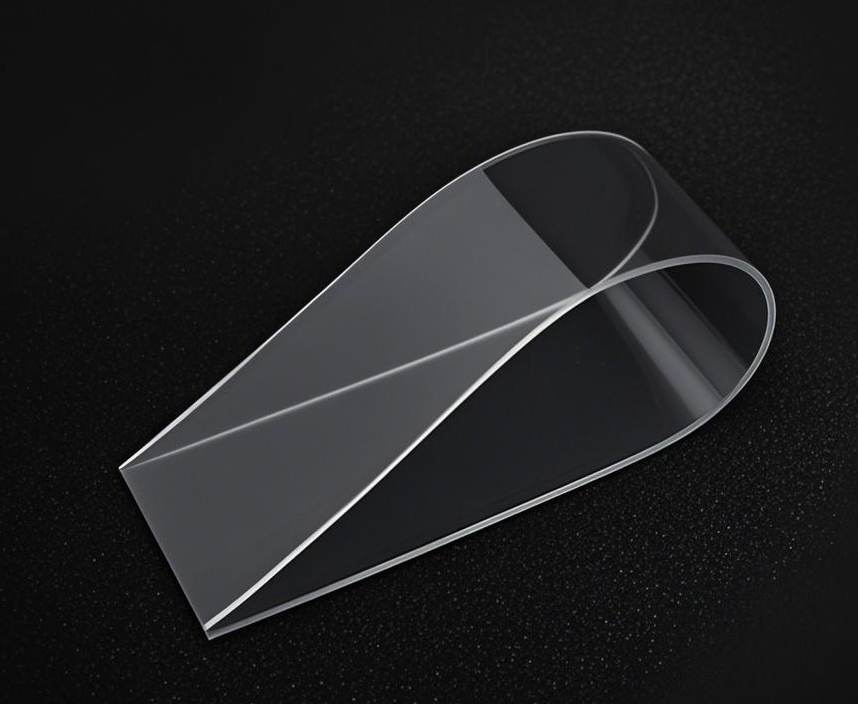Core functions: Protect fiber surface, enhance mechanical strength, improve weather resistance.
Key technical requirements:

Adhesive Technology Requirements in the Field of Optical Communication
- Optical performance: Low transmission loss, high light transmittance (matching fiber operating wavelength)
- Environmental resistance: UV radiation resistance (preventing long-term outdoor aging), hydrolysis resistance (for humid environments)
- Mechanical properties: Flexible protective layer after curing, impact and bending resistance
Core functions: Provide waterproof sealing, resist corrosive media, adapt to extreme temperatures.
Key technical requirements:

Adhesive Technology Requirements in the Field of Optical Communication
- Protective performance: Excellent waterproofing (preventing moisture penetration), chemical corrosion resistance (resisting soil/seawater erosion)
- Temperature adaptability: Cold resistance (no brittle fracture at low temperatures), heat resistance (no flowing at high temperatures)
- Adhesion performance: High-strength adhesion to both metals (strength members) and plastics (sheath materials)
Core functions: Precisely fix optical elements, ensure optical path stability.
Key technical requirements:

Adhesive Technology Requirements in the Field of Optical Communication
- Optical performance: High transparency, low absorption in visible and infrared bands
- Curing characteristics: Very low shrinkage (≤0.5%) to prevent optical element deformation
- Stability: Dimensionally stable after curing, no creep during long-term use
Core functions: High-precision bonding of fiber arrays with V-grooves.
Key technical requirements:
- Shrinkage: Low curing shrinkage (≤0.3%), maintaining fiber positioning accuracy (≤1μm deviation)
- Temperature adaptability: Wide temperature range (-40℃~85℃, up to ≥125℃ for high-end applications)
- Mechanical performance: High bonding strength, vibration and impact resistance
Core functions: Reliable bonding between optical chips and substrates.
Key technical requirements:
- Functional adaptability:
- High-power devices: High thermal conductivity (≥1.5W/(m·K))
- Sensitive components: High insulation (volume resistivity ≥10¹⁴Ω·cm)
- Process compatibility: Gentle curing process (≤120℃, ≤30min)
Core functions: Internal sealing, isolation from moisture and contaminants.
Key technical requirements:
- Material type: Epoxy resin or silicone-based
- Environmental resistance: Low VOC (≤100ppm), stable under 湿热 conditions (85℃/85% RH), ≥10-year lifespan
- Sealing performance: Dense adhesive layer, WVTR ≤1g/(m²·24h)
Core functions: Address heat dissipation in high-power modules.
Key technical requirements:
- Thermal performance: Thermal conductivity ≥2.0W/(m·K) for adhesives, ≥3.0W/(m·K) for pads
- Adaptability: Flexible, gap-filling capability, high temperature resistance (≥100℃)
Core functions: Block electromagnetic interference.
Key technical requirements:
- Conductive performance: Volume resistivity ≤10⁻³Ω·cm
- Shielding effectiveness: ≥30dB (matching module operating frequency)
Low refractive index matching adhesives:
- Core requirement: Refractive index close to optical fiber (1.45~1.50), reflection loss ≤0.5%
- Applications: Fiber connectors, optical coupling areas
Radiation-resistant adhesives:
- Core requirement: Resist γ and X-ray radiation (≥10⁵Gy) without significant degradation
- Applications: Space optical communication equipment, nuclear environment devices
Fast-curing adhesives:
- Core requirement: UV curing ≤10s or thermal curing ≤30s
- Applications: High-volume optical device production lines
Silicone-free/low-silicone adhesives:
- Core requirement: Silicon content ≤10ppm
- Applications: High-cleanliness optical modules, precision optical systems



















